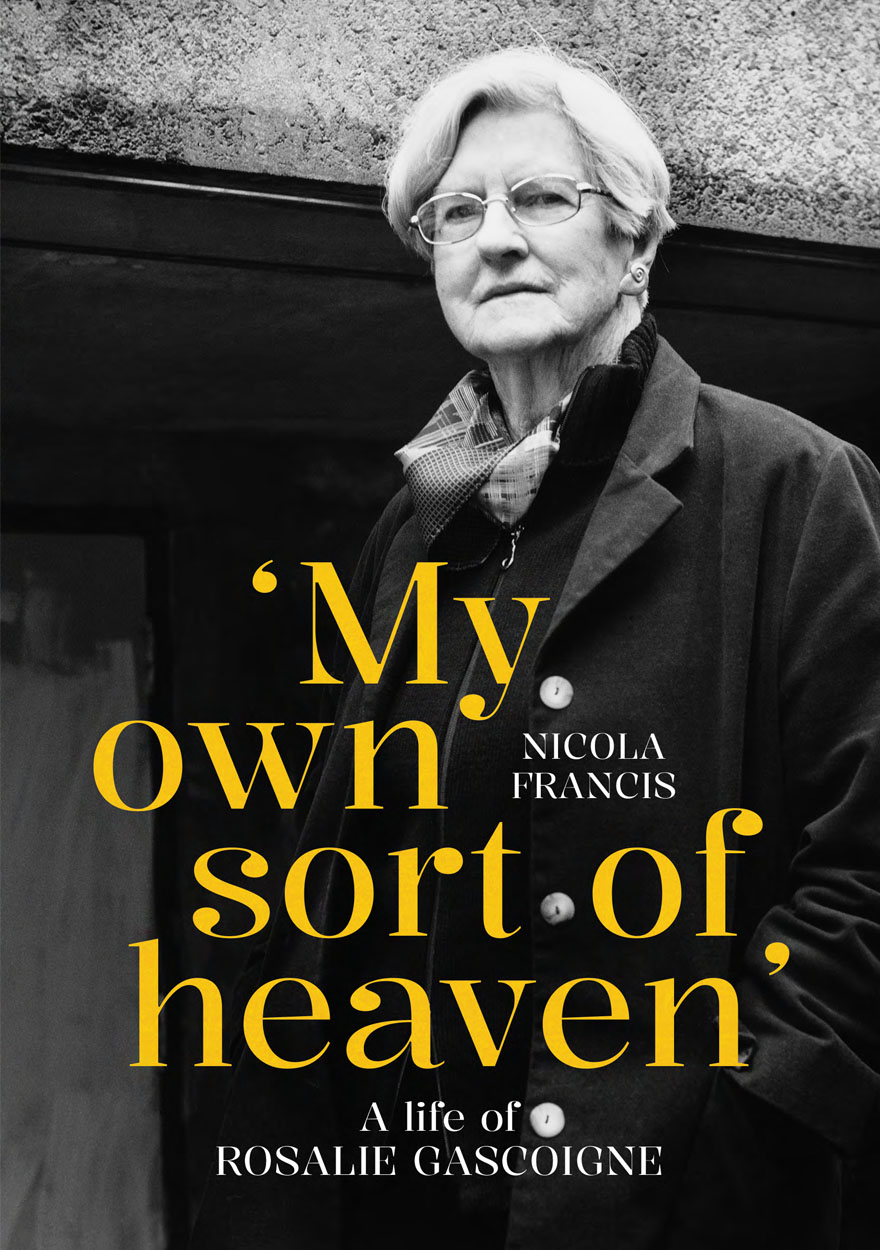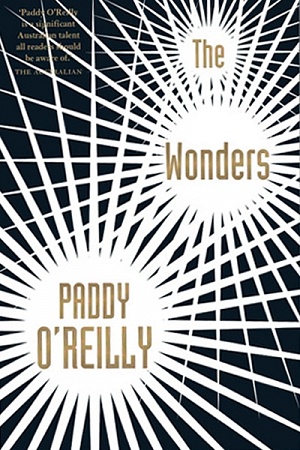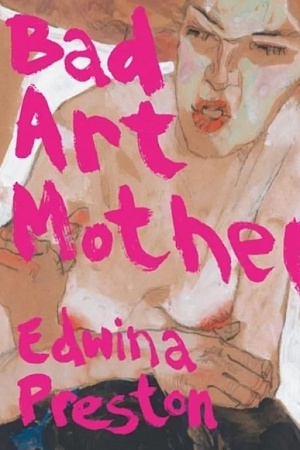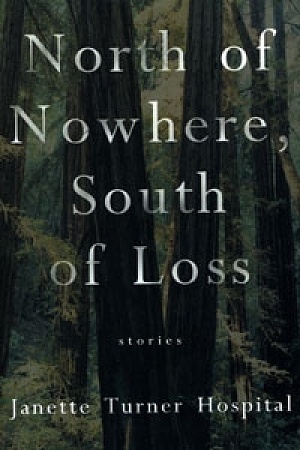The Lamplighter
Flamingo, $39.95 hb, 361 pp
Pastiche, not a homage
To an appreciable extent, this is a book that can be judged by the cover. In the auto-interview accompanying the publisher’s media release, Anthony O’Neill explains that he was motivated to write his second novel by a desire to ‘emulate certain classic tales of the macabre that emerged from the nineteenth century, arguably the greatest century for novels’. In particular, he states that The Lamplighter is ‘my attempt to write something like Dr Jekyll and Mr Hyde, without it being a homage – I wanted it to live and breathe in its own right’.
O’Neill succeeds in this aim. It is no criticism of his work to observe that it is in large measure pastiche, a quality made manifest in the impressive ‘retro’ dust jacket whose design is clever and ironic, being at once the jacket and the book underneath that it appears to be covering. The central image of the lamplighter reflected in a child’s eye against the backdrop of a blood-soaked Victorian city is arresting, and captures the atmosphere as well as alluding to the events of the narrative.
The attention to self-conscious period detail extends to the endpapers, chapter headings, typography and even the pages themselves, which are roughly cut in the manner of a book of the time. It is not often that designers and publishers receive credit for the effort they put into book production, but this must be surely one of the best-made Australian novels of recent times. It is on a par with the UQP hardcover edition of Peter Carey’s True History of the Kelly Gang, itself textually an example of a kind of pastiche.
As a literary form, pastiche at its least consequential is merely a lampoon, a light-hearted parody. At its least ethical, it may have associations with forgery or plagiarism. But it can also be a serious, innovative, and reverential form of artistic expression. And it is this higher form of imitation – the original kind – that O’Neill assays.
Continue reading for only $10 per month. Subscribe and gain full access to Australian Book Review. Already a subscriber? Sign in. If you need assistance, feel free to contact us.














Leave a comment
If you are an ABR subscriber, you will need to sign in to post a comment.
If you have forgotten your sign in details, or if you receive an error message when trying to submit your comment, please email your comment (and the name of the article to which it relates) to ABR Comments. We will review your comment and, subject to approval, we will post it under your name.
Please note that all comments must be approved by ABR and comply with our Terms & Conditions.